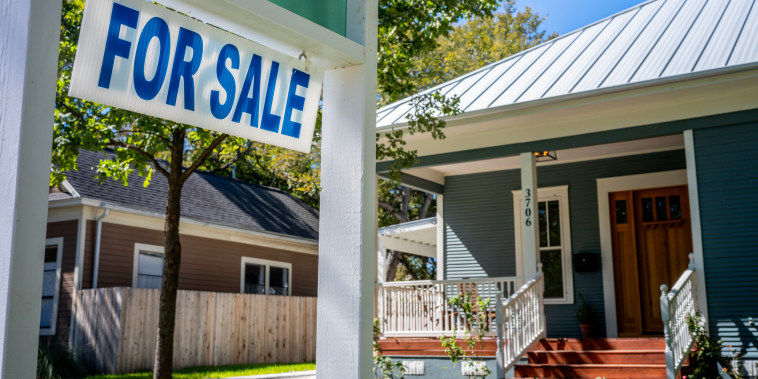Over the past few months, the mortgage sector has witnessed a steady incline, marking the most significant shift in mortgage rates since the start of the year. The upward trend suggests that the mortgage rates could further rise, posing an intriguing concern for prospective home buyers and investors alike. This article aims to provide an insight into the recent upsurge of mortgage rates, its potential implications, and the factors contributing to this unexpected hike.
To begin with, the mounting rates have been primarily driven by the rising Treasury yields, which have been perpetuated by the prospect of an inflating economy. The latter is primarily caused by the optimistic future economic outlook, rescued by the successful vaccine rollout and the subsequent lifting of lockdown restrictions, leading to a projected increase in consumer spending. Consequently, investors have switched their holdings from bonds to more lucrative ventures, consequently causing a spike in both the Treasury yields and mortgage rates.
The Federal Reserve’s monetary policy, although designed to keep rates at a relative standstill during the pandemic-induced recession, has not been able to hinder the ongoing surge. The Fed’s commitment to purchasing billions of dollars of mortgage-backed securities each month had successfully slowed the increase in rates over the last year. However, the recent surges seem to surpass these restrictive measures, pointing towards a more robust economic revival.
It is essential to mention that this uptick in rates doesn’t necessarily unfavor those seeking mortgages. Prospective home buyers with steady income and strong credit have the advantage of securing relatively affordable home prices and historically low mortgage rates, despite the recent increases. However, for those on the brink of qualifying for home financing, the climbing rates pose a potential concern, as their purchasing power might perceptibly diminish.
Moreover, the refinancing domain is equally affected, with rising rates leading to a sharp decline in refinancing activities. For homeowners who have not yet secured a refinancing deal, especially those with high-interest rates, this could mean missing out on possibly the last chance to lock in near-historic low rates.
Finally, the trajectory of this drastic shift in mortgage rates has significant implications for the housing market and the overall economy. Firstly, if the rates continue to surge, they may dampen the currently heated housing market and potentially slow down the pace of home sales, particularly of more expensive homes. Furthermore, for the broader economy, these climbing mortgage rates may lead to reduced consumer spending on home-related items and services, thus potentially inhibiting economic growth to some extent.
In conclusion, the mortgage rates are now at the highest they have been all year, and signs imply that they might still rise. As the economy gradually recovers from the brunt of the COVID-19 pandemic, prospective home buyers, existing homeowners, and investors should stay informed about the perturbations in the mortgage market. Making sound financial decisions in such times will require navigating through the complexities of the rising mortgage rates, whose potential impact will likely resonate through the economy beyond this year.




